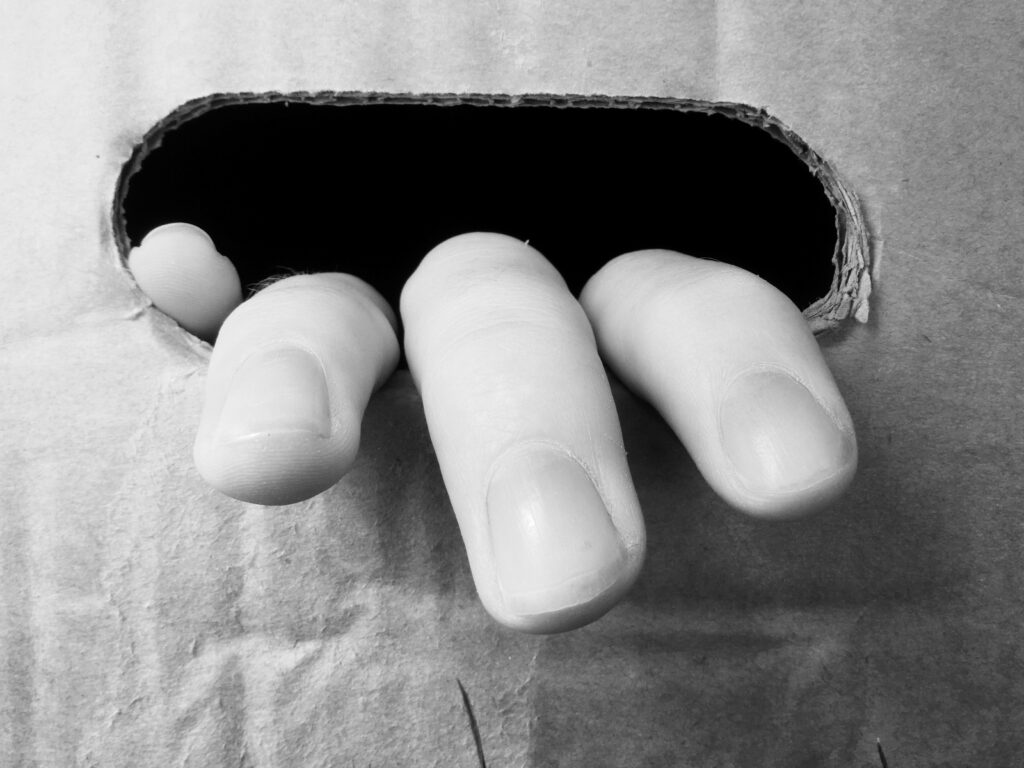Art Therapy is one of many modalities that is capable of helping guide you to health and happiness. Art Therapy, a hybrid field largely influenced by the disciplines of art and psychology, uses the creative process, pieces of art created in therapy, and third-party artwork to help you develop self-awareness, explore emotions, address unresolved emotional conflicts, improve social skills, and raise self-esteem. Art Therapy is an expressive language of the conscious and the unconscious minds. Art Therapy primarily aims to help individuals experiencing emotional and psychological challenges achieve personal well-being and improved levels of function.
Neither previous artistic experience, nor natural artistic ability is necessary for successful therapy.
A client’s empowerment occurs when they are capable of expressing their troubles, concerns, and challenges in a non-threatening, non-hostile, and non-invasive therapeutic or therapy session. When a client is empowered they are given a torch of emotional freedom. While talk therapy offers an avenue for verbal communication; art therapy is capable of simultaneously looking at verbal and nonverbal spectrums of life.
Because Art Therapy allows people to express feelings on any subject through creative work rather than with speech, it is believed to be particularly helpful for those who feel out of touch to express their emotions or feelings through language alone. Individuals experiencing difficulty discussing or remembering painful experiences, trauma, aspects of grief, sorrow and loss may also find art therapy especially beneficial. With creative outcomes being a tangible element, over time it is possible for clients to look at their work all together and discover connections and insights through the work and process.
Therapy in general is something that takes time, patience, and perseverance. The length of therapy really depends upon a client’s needs, desires, intellectual understand, and the extent with which an individual is either placed or seeking out therapeutic care.
Art Therapy and Art Psychotherapy have been known to help:
Promotion of self-expression, feelings, and emotions.
Facilitate positive perspectives on one’s life.
Promote a sense of personal independence, self-reliance, and self-sufficiency.
Process themes such as transition, change and identity.
Clients communicate emotions that might otherwise be abandoned or hidden from society.
Explore, manage, and provide insight into traumatic experiences.
Understand cyclical patterns of behaviours and to understand and process intergenerational trauma.
Increase one’s awareness and orientation (i.e. persons, places, dates and times).
Facilitate and develop strategies for hand-eye coordination, fine and gross motor skills, and finger dexterity and speed.
Encourage the development of healthy coping strategies.
Facilitate insight, empathy, and acceptance of self and other’s life challenges.
Clients develop interpersonal skills.
Empower and give a voice to those receiving therapy, especially powerful in the histories of abuse, violence and addiction.
Increase attention-spans.
Contact me to discuss what format of Art Therapy or Art Psychotherapy suits you best, emotionally and practically.
No experience necessary, bring yourself and an open mind.


















